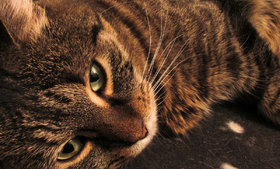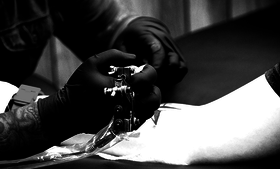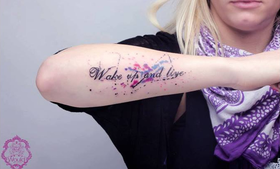
Tattooing has been practiced for centuries in many cultures, particularly in Asia, and spread throughout the world.[citation needed] The Ainu, an indigenous people of Japan, traditionally had facial tattoos. Today, one can find Atayal, Seediq, Truku, and Saisiyat of Taiwan, Berbers of Tamazgha (North Africa), Yoruba, Fulani and Hausa people of Nigeria, and Māori of New Zealand with facial tattoos.[citation needed] Tattooing spread among Polynesians and among certain tribal groups in Africa, Borneo, Cambodia, Europe, Japan, the Mentawai Islands, MesoAmerica, New Zealand, North America and South America, the Philippines, and Taiwan. Indeed, the island of Great Britain takes its name from tattooing; Britons translates as "people of the designs", and Picts, the peoples who originally inhabited the northern part of Britain, literally means "the painted people".
The modern revival in tattooing stems from the voyage of Captain James Cook in the late 1700s. Cook's Science Officer and Expedition Botanist, Sir Joseph Banks, returned to England with a tattoo. Banks was a highly regarded member of the English aristocracy and had acquired his position with Cook by putting up what was at the time the princely sum of some ten thousand pounds in the expedition. In turn, Cook brought back with him a tattooed Raiatean man, Omai, whom he presented to King George and the English Court.
Many of Cook's men, ordinary seamen and sailors, came back with tattoos, a tradition that would soon become associated with men of the sea in the public's mind and the press of the day. In the process sailors and seamen re-introduced the practice of tattooing in Europe and it spread rapidly to seaports around the globe.




